Photos not only report the news, they make you a witness to it. Through photos you see war in far away places, the consequences of corruption and sincere moments when no one is thought to be looking. Photos provide a realism to what history looks like while it unfolds.
Just like a picture, a photo is worth a thousand words. This month, we are exploring that saying as it relates to the 4th Estate, a crucial way we stay informed to participate in our communities. This week, we are sharing photos that did the reporting. Famed photographer Ansel Adams once said “When words become unclear, I shall focus with photographs. When images become inadequate, I shall be content with silence.”
The newsworthy photos we have selected below take us around the world and even to the Moon. We hope you enjoy.
– – –
Featured above is a side-by-side comparison of Raising the Flag on Iwo Jima (left) by Joe Rosenthal and Raising the Flag at Ground Zero (right) by Thomas E. Franklin for The Record in Bergen County, New Jersey. While these photos were taken 56 years apart, their striking similarities capture the spirit of American heroism in the face of war and impending war. It may surprise you to know that both photos were taken almost unintentionally; their photographers had no idea they had captured something extraordinary with their lens. Rosenthal was setting up for a different shot when he caught the five Marines and one Navy corpsman raising the American flag. Amazingly, he snapped the photo without looking through the viewfinder. The photo would go on to be the only photo to win a Pulitzer Prize in the same year it was published. The three fire fighters hoisting the American Flag at Ground Zero did not know they were being photographed and never intended to draw attention to their act of patriotism. “From the moment the picture was published, it has lived a life of its own,” said Franklin. Today the photo is one of the most iconic images at ground zero from the 9/11 attacks.
The photo above provides a rare look at life in a Nazi concentration camp. Singer, songwriter and performer, Aleksander Kulisiewicz is shown here performing during his five year imprisonment at Sachsenhausen concentration camp near Berlin. Kulisiewicz had been imprisoned for anti-fascist writings published in a student newspaper and weekly in his native Poland. Imprisonment did not surpress Kulisiewicz’s talents and he became known as a “camp troubadour.” He was responsible for the creating and preserving the largest collection in existence of music composed in Nazi concentration camps. He composed 54 songs during his time at Sachsenhausen. His performances at secret gatherings helped provide hope and raise morale among the inmates. Kulisewics was liberated in May 1945 and went on to be a correspondent for a Warsaw newspaper, compile literature related to artistic expression in concentration camps and remain an anti-fascist activist until his death in 1982.
Right now, you may be watching the Winter Olympics in Sochi. The Olympics showcase the world’s best athletes and have also been a platform to bring international attention to injustices. During the 1968 Summer Olympics in Mexico City, three athletes brought that attention to injustices in the USA. Shown in the photo above are Tommie Smith (center) who won the gold medal in the 200 meter race and John Carlos who won the bronze of the United States track team and Australian silver medalist Peter Norman (left) during the medal ceremony. As The Star Spangled Banner played Smith and Carlos raised their fists covered in black gloves as a gesture to bring attention to racial inequality in their home county. The moment was captured by LIFE magazine photographer John Dominis. The raised fist was widely seen as “Black Power” salute. Jones later stated in his autobiography that the gesture was meant as a “human rights salute.” The American athletes also received their medals shoeless, only wearing black socks to represent African American poverty.
Norman joined Smith and Carlos in wearing badges for the Olympic Project for Human Rights as a symbol of solidarity with the American medalists and their cause. The Olympic Project for Human Rights protested racial segregation in the United States and other countries such as South Africa and in sports. The gesture caused widespread outrage in the United States and led to Smith and Carlos being expelled from the Olympic games.
In 2006 nearly 40 years later, Smith and Carlos were pallbearers at Norman’s funeral.
The image above is moment in history that is truly out of this world. On July 20, 1969 the Apollo 11 astronauts Neil Armstrong and Edwin E. “Buzz” Aldrin were the first humans to set foot on the Moon’s surface. These historic steps set the United States ahead of Russia in the space race and answered President Kennedy’s 1961 call to land someone on the moon and have them return home safely before the end of the decade. Back on Earth, more than a half a billion people witnessed history in the making on their televisions. The achievement united Americans at the end of the turbulent 1960s. During their 21 hours and 36 minutes on the moon, Armstrong and Aldrin were tasked with setting up science experiments and collecting samples. They returned to Earth as heroes and brought back 46 pounds of moon rock for NASA to study. Since Apollo 11’s historic journey, a total of 12 people have landed on the moon, all Americans.

The children from left to right are: Phan Thanh Tam, younger brother of Kim Phuc, who lost an eye, Phan Thanh Phouc, youngest brother of Kim Phuc, Kim Phuc, and Kim’s cousins Ho Van Bon, and Ho Thi Ting. Behind them are soldiers of the Vietnam Army 25th Division.
(Credit: NPR.org via AP photographer Nick Ut)
The image above captures the chaos and horror of the Vietnam War and an instance when the photographer stepped out from behind the lens to help. On June 8, 1972 South Vietnamese planes bombed the village of Trang Bang with napalm after they mistook a group of civilians for soldiers. Associated Press photographer Nick Ut captured children running from the bombed village, including 9-year-old Kim Phuc who was left naked after her clothes burned off from the bombing, and members of her family. Ut and other journalists ran to help the civilians and saved Phuc’s life. The photo and Ut won a Pulitzer Prize in 1973 for Spot News Photography. More than 40 years later Ut and Phuc still remain in contact with each other.
Shown above is Brandi Chastain, a member of the United States women’s national soccer team, after scoring the winning goal in the 1999 FIFA Women’s World Cup. The celebratory moment came after Chastain made the fifth kick in the penalty shoot out to give the United States the win over China. The photo made the cover of Sports Illustrated, Newsweek and Time magazines. Today the photo is considered one of the most famous images of a woman celebrating an athletic achievement and embodies female strength and determination. Chastain recalled the incident as “Momentary insanity, nothing more, nothing less. I wasn’t thinking about anything. I thought, ‘This is the greatest moment of my life on the soccer field.”
A photo can be the drop that causes the ripple that leads to a tidal wave of change. Photographer Annie Griffiths is the founder and Executive Director for Ripple Effects Images, a non-profit that is dedicated to documenting the plight of impoverished women and girls as they deal with the effects of climate change. Ripple Effects’ team of journalists works with scientists and non-governmental organizations to identify needs and the innovative programs that are helping to empower these women and girls. The journalists’ photographs, videos and stories are donated to the Ripple Effect Images Archive which is made available at no cost to partner aid organizations and policy makers. The photo above shows young women salt workers in India who must work in extreme heat to earn a living to bring out the point that people in developing countries will be especially impacted by more severe climate conditions.
Prior to starting Ripple Effects Images, Griffiths was known as one of the first female photographers for National Geographic magazine where she photographed in more than 150 countries.
– – –
Stay with us as we explore how images are part of how we receive the news and participate in decisions. Next, we will focus on new technology and social media applications that allow us to create and share newsworthy photos and videos. In the meantime, please share with us your favorite newsworthy and memorable photos and use your own words to tell us why they had an affect on you.
The Collaborative Services Team

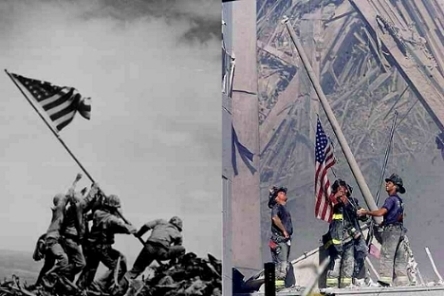
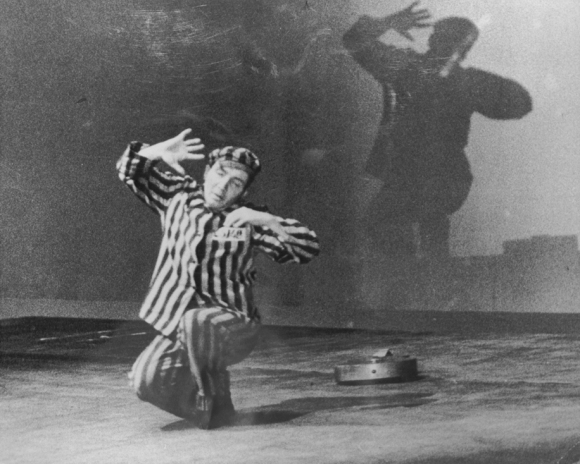
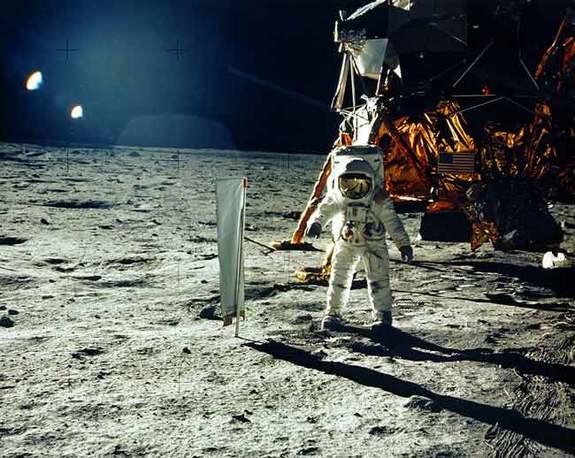
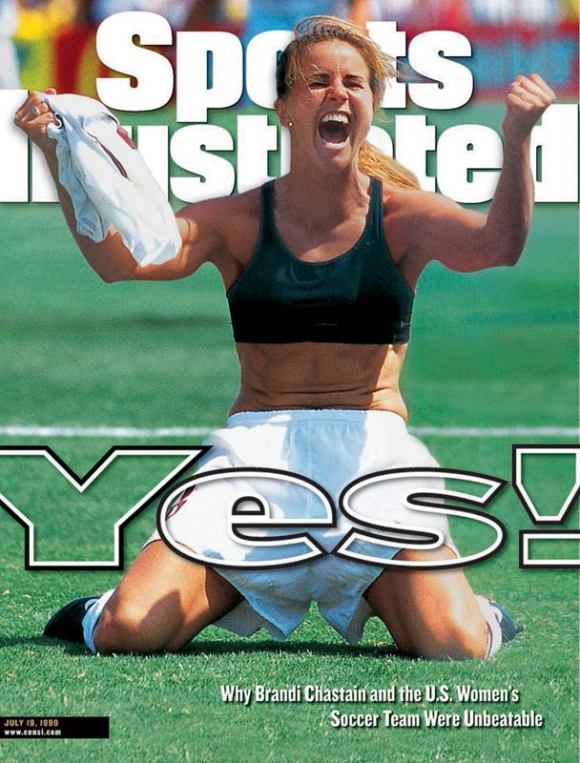
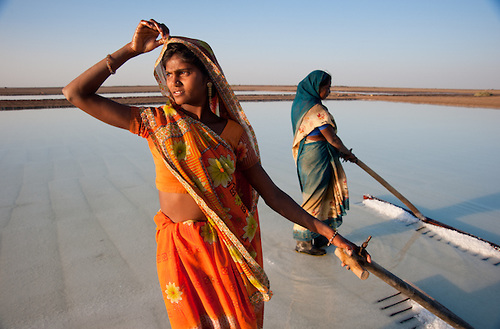
Recent Comments